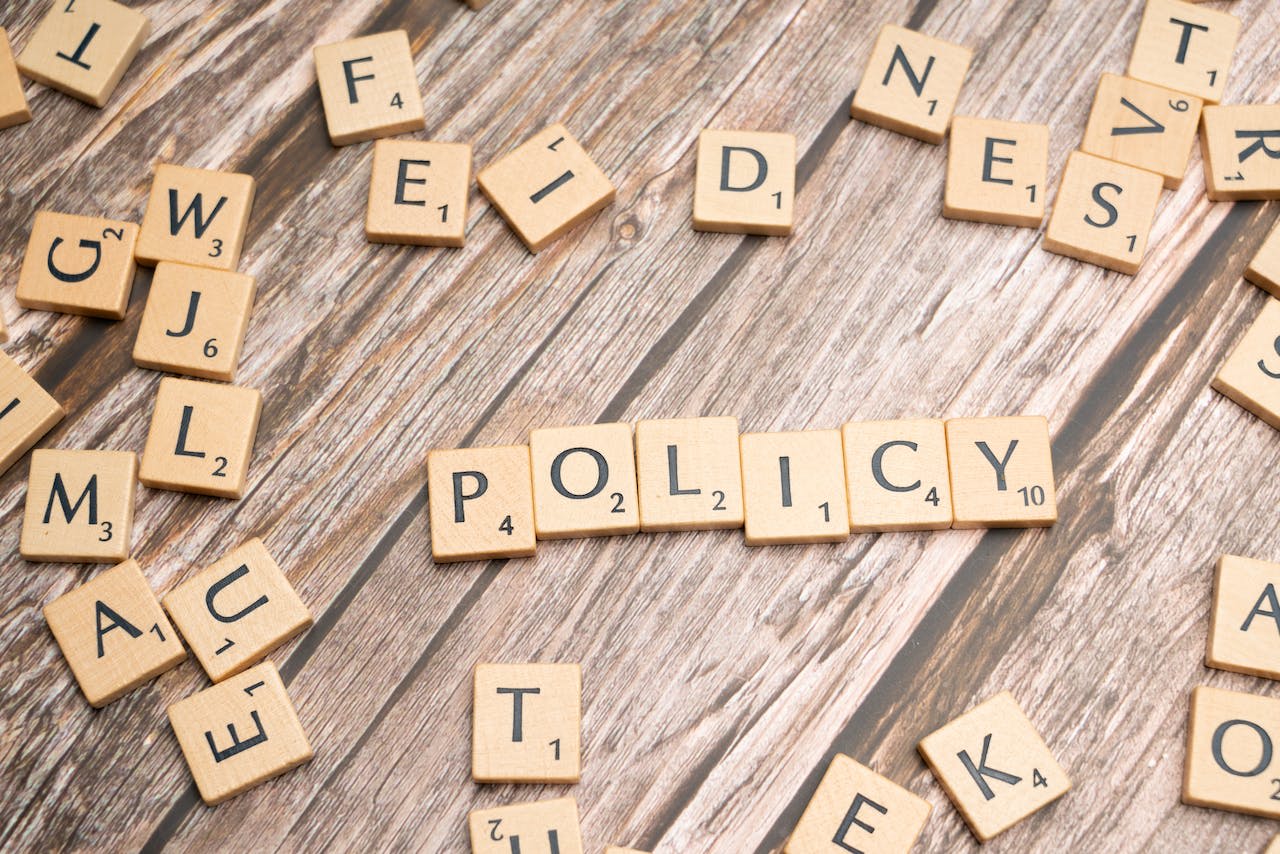The impact of school discipline policies
School discipline policies are rules and procedures put in place by schools to promote appropriate student behavior and prevent disruptive behavior. As educational institutions grapple with the delicate balance between maintaining order and fostering a positive

School discipline policies are rules and procedures put in place by schools to promote appropriate student behavior and prevent disruptive behavior. As educational institutions grapple with the delicate balance between maintaining order and fostering a positive learning environment, the efficiency and consequences of school discipline policies become subjects of critical inquiry. From traditional punitive measures to contemporary restorative practices, the choices made in shaping disciplinary frameworks profoundly affect the educational journey of every student.
💡 Lessons learnt: Prevention is better than cure.
Low-level and high-level interventions in school discipline policies
School discipline policies can be categorized into two main types of interventions: low-level and high-level interventions. Low-level interventions are strategies that are implemented before a behavior becomes disruptive or harmful, while high-level interventions are those that are implemented after a behavior has occurred. Both types of interventions have their roles to play in promoting positive behavior and preventing disruptive behavior.
Low-level interventions include strategies such as positive behavior reinforcement, peer mentoring, parental involvement, and counseling.
High-level interventions include strategies such as suspension, and expulsion. These interventions are typically used after a student has engaged in disruptive or harmful behavior. While high-level interventions can be effective in addressing serious misbehavior, research has shown that they can also have negative consequences, such as increased aggression and delinquency among students, lower academic achievement, and higher dropout rates.
The impact of positive discipline policies on student behavior
Positive discipline policies are those that focus on encouraging good behavior and positive reinforcement. These policies are designed to promote a positive learning environment and reduce disruptive behavior. Positive discipline policies can include strategies such as rewarding good behavior, providing clear guidelines for behavior expectations, and using restorative justice approaches to address conflict.
Research has shown that schools that implement positive discipline policies have lower rates of suspension and expulsion than those that do not. A study conducted by the RAND Corporation found that schools that implemented positive discipline policies had a 20% reduction in suspension rates compared to schools that did not (Skiba & Peterson, 2000).
In addition to reducing disciplinary actions, positive discipline policies have also been linked to increased student motivation and engagement, which can lead to higher academic achievement. Studies have found that schools with positive disciplinary climates had higher academic achievement scores than those with negative disciplinary climates.
Positive discipline policies also have benefits beyond the classroom. Research has shown that students who experience positive discipline policies are more likely to develop social-emotional skills such as self-regulation, empathy, and conflict resolution (Wilson & Lipsey, 2007).
The impact of punitive discipline policies on student behavior
Punitive discipline policies are those that focus on punishing students for misbehavior. These policies are often seen as a deterrent to bad behavior, but research has shown that they can have negative consequences for student behavior and academic performance. Punitive discipline policies can include strategies such as suspension, expulsion, or even legal action.
A study conducted by Skiba and Peterson (2000) found that punitive discipline policies can lead to increased aggression and delinquency among students. This is because punitive discipline policies do not address the underlying causes of misbehavior, but rather simply punish students for their actions. Punitive discipline policies can also lead to a negative school climate, as students may feel that they are not respected or valued by the school community (Gregory et al., 2010).
In addition to these negative effects on student behavior, punitive discipline policies have also been linked to lower academic achievement and increased dropout rates. A study conducted by Balfanz and Byrnes (2012) found that high schools with high suspension rates had lower graduation rates than those with lower suspension rates. Students who are suspended or expelled are more likely to fall behind in their schoolwork and have difficulty catching up, leading to lower academic achievement (Zhang & Jerald, 2014).
Best practices for implementing school discipline policies
- Developing clear and consistent policies and procedures: Schools should have clear guidelines for behavior expectations and consequences for misbehavior. These policies should be communicated clearly to students, parents, and staff.
- Providing training for teachers and staff on effective discipline strategies: Teachers and staff should be trained in discipline strategies, such as Preventive Discipline (measures taken to preempt misbehavior by keeping students engaged ), Supportive Discipline ( measures taken to assist students with self-control by helping them get back on task) and Corrective Discipline (measures taken when students are not following classroom or school rules).
- Ensuring that policies are applied equitably to all students: Schools should ensure that policies are applied consistently and fairly to all students, regardless of their race, ethnicity, or disability status. This will help to avoid the disproportionate impact of school discipline policies on marginalized groups.
References
Huang F., Anyon Y. (2020). The relationship between school disciplinary resolutions with school climate and attitudes toward school. https://doi.org/10.1080/1045988X.2020.1722940
Skiba, R. J., & Peterson, R. L. (2000). School discipline at a crossroads: From zero tolerance to early response. Exceptional Children, 66(3), 335-346.
Wilson, S. J., & Lipsey, M. W. (2007). School-based interventions for aggressive and disruptive behavior: Update of a meta-analysis. American Journal of Preventive Medicine, 33(2 Suppl), S130-S143.
Balfanz, R., & Byrnes, V. (2012). The importance of being in school: A report on absenteeism in the nation's public schools.
Gonzalez, T. (2015). Disproportionality in school discipline: An assessment of trends in the literature. Journal of Negro Education, 84(3), 318-327.
Losen, D. J., & Skiba, R. J. (2010). Suspended education: Urban middle schools in crisis. The Civil Rights Project at UCLA.
Skiba, R. J., Arredondo, M. I., & Williams, N. T. (2011). More than a metaphor: The contribution of exclusionary discipline to a school-to-prison pipeline. Equity & Excellence in Education, 44(4), 546-564.
Gregory, A., Skiba, R. J., & Noguera, P. A. (2010). The achievement gap and the discipline gap: Two sides of the same coin? Educational Researcher, 39(1), 59-68.
Zhang, J., & Jerald, C. (2014). On-track to graduation: The early warning indicator and the high school dropout problem. Education Digest, 80(3), 36-41.
Heppen J.B., Theirault S.B. (2008). Developing Early Warning Systems to Identify Potential High School Dropouts
